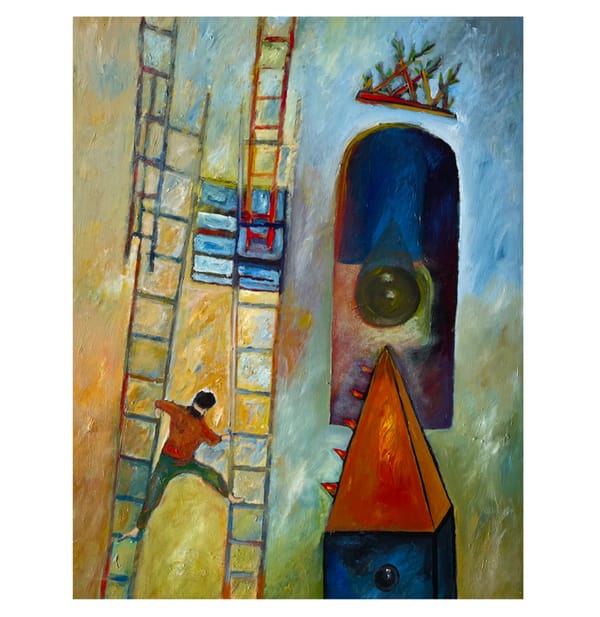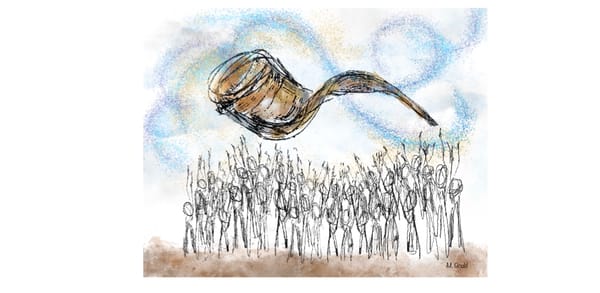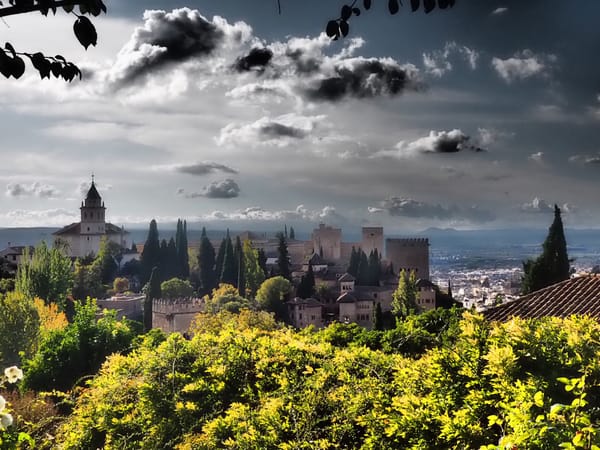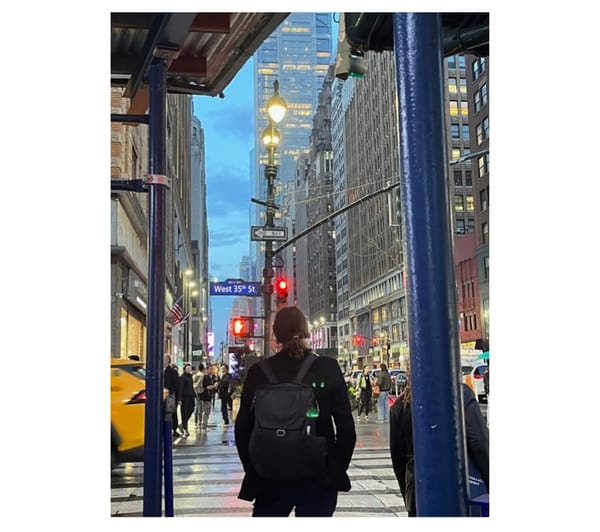The New Mexico Biscochito Trail
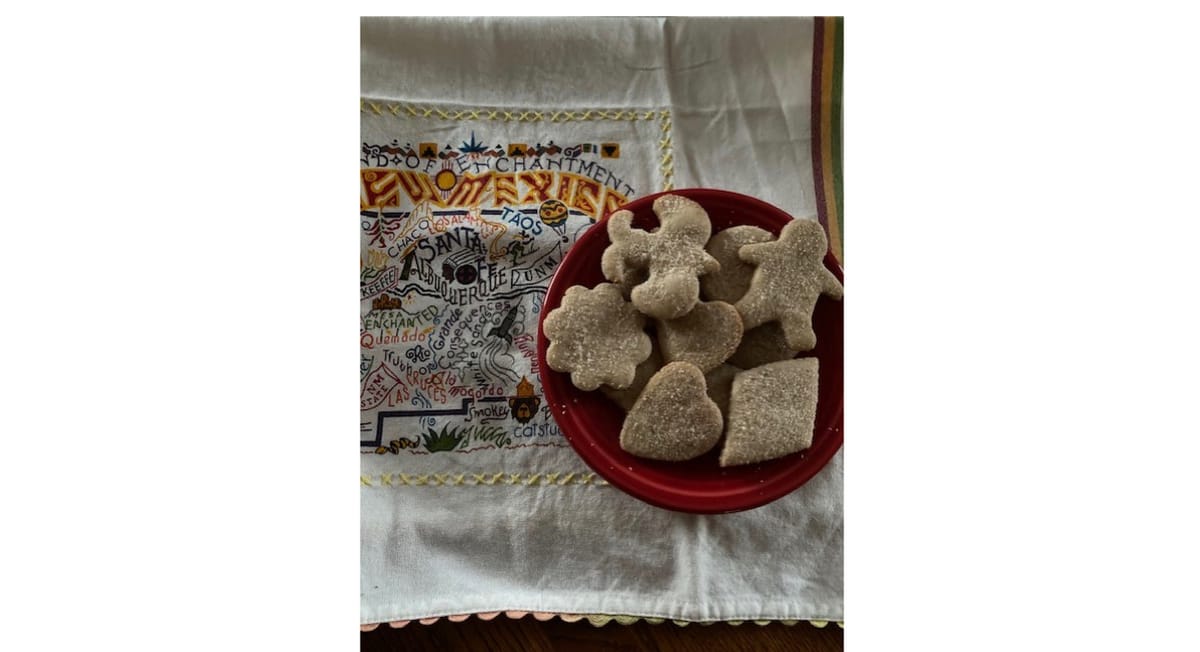
By Isabelle Medina Sandoval
Photos courtesy of the author
Grandchildren possess a special gift of injecting the past into the present. In fall 2023, Gabriella begged me to make biscochitos for her middle school Spanish class project. My baking partner added that my biscochitos were her favorite cookies. How could I resist her request? We always made cookies together. Traditional family food ignites memories while strengthening the body, soul, and spirit.



Grandma and Isabelle, Grandma and Mom; Mom as bride. Northern New Mexico
Making the cookies, I missed being in the kitchen with my granddaughter. Sacred recipes transcend generational boundaries. Ancestral maternal food traditions conceal the legitimacy of global ingredients of favorite family foods. I honor my maternal ancestors by restoring their gastronomic treasures in a chaotic world. Sadly, female contributions fade into obscurity. I cerebrally counted many biscochito recipes I made.

Examining the baked cookies I prepared with the stand mixer, I reminisced on my first solo batch of biscochitos. When I was a middle school student at the age of Gabriella, my mother informed me that I was making cookies. It was the winter of 1960. My mother, a superb professional chef, designated me as the in-charge baker. Thrilled at the prospect of generating my own pastries, I felt the joy of creating from start to finish. I wished to make fancy designed cookies layered with exquisite, frosted toppings. I felt like a heroine embarking on a crucial mission. At the same time, I wondered why I was given this task. Mom made superb pies, cakes, bar cookies, cinnamon rolls, cream puffs, breads, tortillas, and buñuelos from scratch. Hmm. Check. She did not make cookies.
To my dismay, I was told I was making a traditional family cookie with a spice called anise. Wrinkling my nose, I asked what recipe I should follow. Mom told me to take out her cookbook and use the basic sugar cookie recipe. She placed a small red cardboard spice box filled with anise seeds on the kitchen table. Later, I learned the delicacy was called a biscochito.
I followed the recipe and mixed the flour, eggs, salt, baking powder, Crisco, and sugar by hand. A fine white flour powder covered the table and floor. After adding the anise, I rolled out the dough, and pressed metal circle cookie cutters in the dough. I added a cinnamon/sugar dusting on the cookies before baking. The topping mixture and the anise seeds were the exceptions to the recipe. I spent an afternoon cutting out cookies and keeping a watchful eye to ensure that the cookies did not burn.
Success! My brothers, sisters, and parents ate the cookies with gusto. In retrospect, as a novice baker, I rolled out a thick dough with the heavy wooden roller. Mom and her sister from Colorado sampled cookies with coffee for dessert. My aunt commented that my cookies tasted like the cookies my grandmother made in northern New Mexico. This was my first cultural culinary experience. I made biscochitos each year at home until I moved to Albuquerque to attend the University of New Mexico.
With a major in Spanish at the University of New Mexico, I experienced no coursework relative to native foods or Sephardic Jews. I maintained my biscochito skills by making cookies for special events. In Albuquerque Old Town, I found a small cookbook, New Mexican Dishes, written by Philomena Romero in 1975 which included a biscochito recipe. Her ingredients for the recipe integrated flour, baking powder, salt, sugar, butter, eggs, anise, and brandy. At times, I used this recipe and added the new ingredient of brandy while substituting butter for Crisco.
In 1980, my paternal aunt in Las Vegas shared her new cookie recipe. She used fancy cookie cutters and the cookie press. Adding wine and substituting lard for Crisco, her cookies had a distinctive taste. The same year, my maternal aunt in San Luis, Colorado gave me three dozen cookies. She was the aunt who commented on the taste of my first biscochitos. Her round, uneven biscochitos resembled semi-fat biscuits and were covered with a sugar/cinnamon topping. She said she used Crisco or butter, just like her mother.
When I reflected on the ingredients that I used to make biscochitos over my forty years of baking, I realized that my maternal matriarchs used Crisco or butter. Extended family members and friends often utilized lard. I was curious to explore the historical ingredient of fat utilized to make biscochitos.
Official New Mexico State Cookie
In 1989, the biscochito became the New Mexico authorized state cookie. New Mexico Secretary of State, Maggie Toulouse Oliver, noted that the biscochito was introduced to New Mexico by the early Spaniards. The official cookie recipe on the web site detailed that the ingredients were flour, salt, baking powder, sugar, eggs, anise, lard, and brandy. The cinnamon/sugar crowning completed the classic cookie.
Packaging the cookies for Gabriella’s class, I contemplated on the biscochito texts written by the iconic New Mexican folklorist, Cleofas M. Jaramillo. Born in 1878 in Taos, Jaramillo was a recognized author and cultural preservationist. She established La Sociedad Folkórica in Santa Fe in 1935. Jaramillo documented valuable New Mexico feminine contributions under Spanish, Mexican, and United States governments.
In her book, The Genuine New Mexico Tasty Recipes, Jaramillo wrote that biscochitos or “Spanish cookies” were made from anise, sugar, and a pie pastry dough. Cut into small strips, the rectangular cookie was shaped in curlicues and dipped in sugar before baking. Specific ingredients and measurements were not designated.
In her book, Shadows of the Past, Jaramillo described wealthy women drinking hot chocolate with biscochitos for breakfast or the afternoon siesta. Recognizing the future assimilation of New Mexico in United States culture, Jaramillo recorded Hispanic female practices.
Early Spanish New Mexico Food Products

When Gabriella came to collect her cookies, she inquired why I was reading the book by Rick Hendricks titled New Mexico in 1801, the Priests Report. The report was the response to the request of the merchants of Guadalajara to the King of Spain. I told her that I was inspired by her interest; I was researching the New Mexico ingredients of the cookie. I added that William W. Dunmire wrote in his book, Gardens of New Spain, that the priests brought the domestic animals of dairy cows and chickens from Spain to provide butter and eggs. She was surprised that the Franciscan priests, teachers of Spanish horticulture, brought Old World seeds to plant wheat, fruit, and anise.
Butter or lard? I showed her the reference by Hendricks noting that pigs were sparse in New Mexico. Gabriella’s deft fingers opened the article inside the book written by David H. Snow on “1992 - “The Pigs Running Loose in this Villa…” and sighed. She gasped when she read the highlighted reference that pig meat constituted less than 1% of the Santa Fe meat diet from 1680-1697. She declared that further research on using butter or lard was necessary; most of her friends used lard for making biscochitos. Unlocking the front door to leave, she remarked that family recipes mirror historic facts. She assigned me the task of discovering the origin of the biscochito.
I reviewed the 1801 Spanish products provided in New Mexico of flour for wheat, eggs/butter from chickens/cows, fruit for brandy/wine, lard from limited pigs, and sparse anise for spice. What were the sources for sugar, cinnamon, and baking powder? What will my cookie search reveal? Where in the world will the story of the humble New Mexico Biscochito Trail traverse?
Bibliography
Dunmire, William H. Gardens of New Spain. Austin: University of Texas Press, 2004.
Hendricks, Rick. New Mexico in 1801, the Priests Report. Albuquerque: Rio Grande Books, 2008.
Jaramillo, Cleofas M. The Genuine New Mexico Tasty Recipes. Santa Fe: Ancient City Press, 1981.
Jaramillo, Cleofas M. Shadows of the Past. Santa Fe: Santa Fe: Ancient City Press, 1972.
New Mexico Secretary of State, Maggie Toulouse Oliver. “About New Mexico.” State cookie, https://www.sos.nm.gov/about-new-mexico/state.cookie/. Accessed 19 May 2024.
Romero, Philomena. New Mexican Dishes. Los Alamos, 1970.
Snow, David H. “1992 – “The Pigs Running Loose in this Villa…” Seventeenth Century Faunal Remains for Santa Fe’s Historic Downtown District”; in Archaeology in your Backyard. Proceedings of a City of Santa Fe Symposium, 1995.
Return to HOME or Table of Contents
Community Supporter Advertisers of the NM Jewish Journal:
Jewish Community Foundation of New Mexico
Congregation Albert
Temple Beth Shalom
Jewish Community Center of Greater Albuquerque
The Institute for Tolerance Studies
Shabbat with Friends: Recapturing Together the Joy of Shabbat
Jewish Federation of El Paso and Las Cruces
Congregation B'nai Israel
